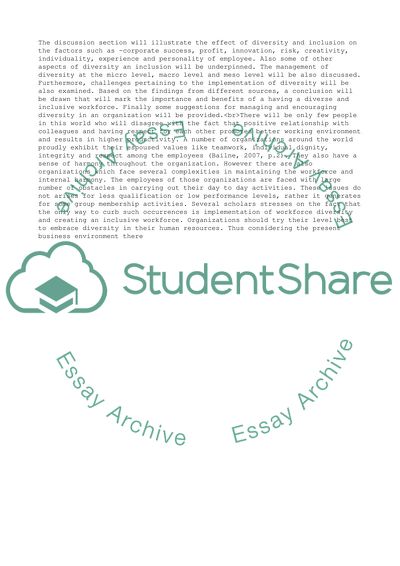Cite this document
(Critically discuss the business case for diversity and inclusion by Essay - 1, n.d.)
Critically discuss the business case for diversity and inclusion by Essay - 1. https://studentshare.org/business/1785712-critically-discuss-the-business-case-for-diversity-and-inclusion-by-drawing-on-academic-theories-research-evidence-and-practice-based-examples
Critically discuss the business case for diversity and inclusion by Essay - 1. https://studentshare.org/business/1785712-critically-discuss-the-business-case-for-diversity-and-inclusion-by-drawing-on-academic-theories-research-evidence-and-practice-based-examples
(Critically Discuss the Business Case for Diversity and Inclusion by Essay - 1)
Critically Discuss the Business Case for Diversity and Inclusion by Essay - 1. https://studentshare.org/business/1785712-critically-discuss-the-business-case-for-diversity-and-inclusion-by-drawing-on-academic-theories-research-evidence-and-practice-based-examples.
Critically Discuss the Business Case for Diversity and Inclusion by Essay - 1. https://studentshare.org/business/1785712-critically-discuss-the-business-case-for-diversity-and-inclusion-by-drawing-on-academic-theories-research-evidence-and-practice-based-examples.
“Critically Discuss the Business Case for Diversity and Inclusion by Essay - 1”. https://studentshare.org/business/1785712-critically-discuss-the-business-case-for-diversity-and-inclusion-by-drawing-on-academic-theories-research-evidence-and-practice-based-examples.


